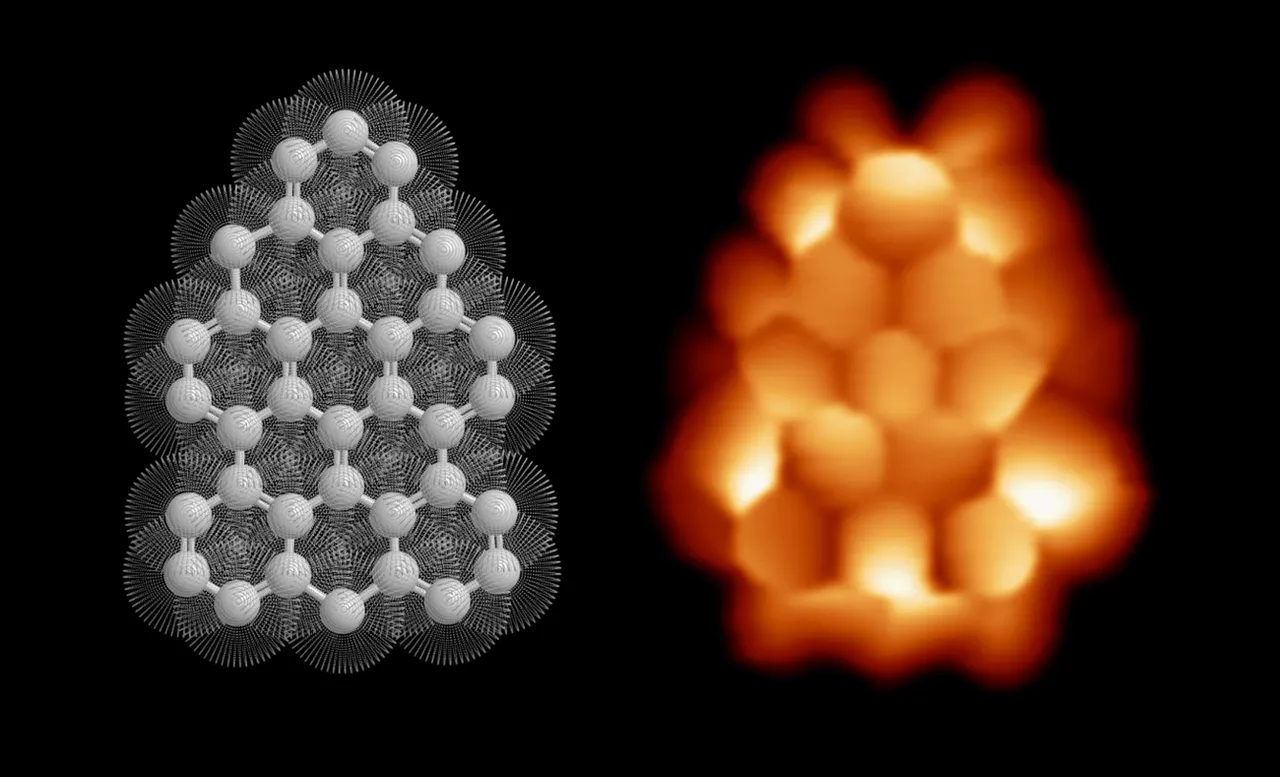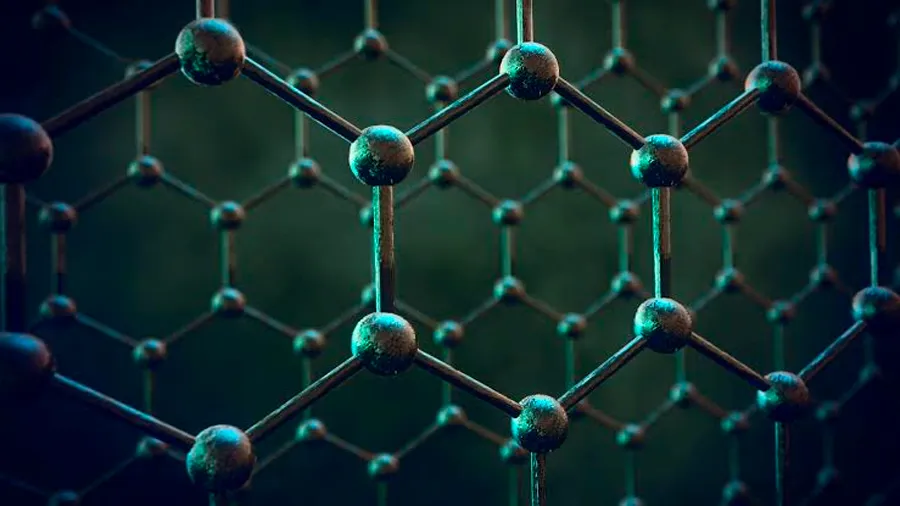
Source
As you all know, graphene is a two-dimensional material, that is, it is only one atom thick, made up of carbon atoms that are reluctant to magnetize, which is known as diamagnetism.
However, various theoretical calculations seemed to predict that a triangular structure of this material, known as triangulen, could become magnetic, that is, as a magnet with nanometric dimensions.
However, despite all predictions about triangulen's magnetism, to date no one had obtained clear experimental evidence for it.

Source
But now, researchers from the Donostia International Physics Center (DIPC), CIC nanoGUNE and CiQUS from the University of Santiago de Compostela, have obtained the first experimental evidence of innate magnetism in a triangular structure of graphene with just 40 carbon atoms.
First they made a triangular piece of graphene of a couple of nanometers on a clean gold surface, then tunnel-effect spectroscopy measurements revealed that this molecule is a small magnet of pure carbon.
According to the authors, this is a milestone that can facilitate our understanding of the origin of this versatile material and its potential applications to different fields of everyday life.

Source
The final objective of this research is to develop a totally graphene platform, in which this magnetism can be used to transport, store and process information, which could be a great advance in computing.
Graphene seemed to take longer than desired to find truly viable applications but gradually it seems to be taking off
Original article:
https://www.agenciasinc.es/en/News/Unraveling-the-magnetism-of-a-graphene-triangular-flake


Versión en español